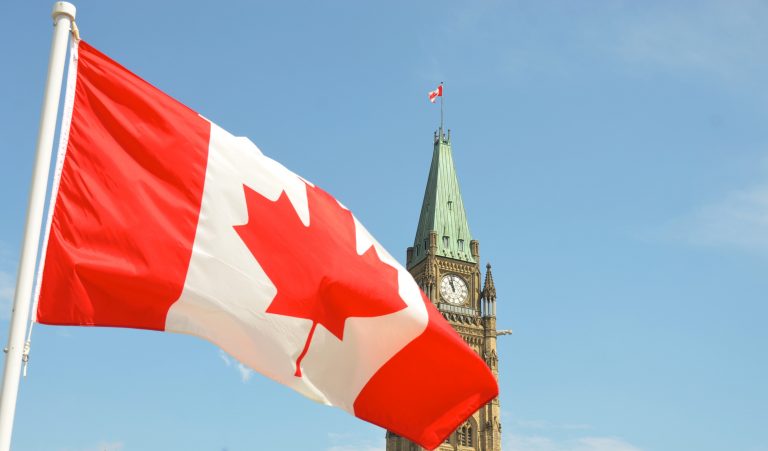
Specificities in Canada - What to watch out for?
The regulations and formalities relating to Canadian trademarks are very strict and often misunderstood by applicants and foreign agents.
Here are examples of the most common obstacles and tips for avoiding or overcoming them.
Lack of distinctiveness
Since the new Canadian Trademarks Act came into force on June 17, 2019, the Office has significantly tightened the rules on distinctiveness. Examiners may oppose an application for registration on the grounds that the trademark is not inherently distinctive and therefore cannot fulfill its purpose of distinguishing the goods and services of an applicant from those others.
Here are some examples of marks that are generally considered to lack inherent distinctiveness in Canada:
- A person's surname or name
- A clear or false and misleading description in the English or French language of the quality, nature or provenance of the goods and services
- The name in any language of one of the products or services
- The geographical locations
- Generic drawings
- Color names
- Trademarks consisting of one or two letters or numbers
- glowing terms
It is also important to note that a mark consisting solely of a combination of one or more of these elements will be considered non-distinctive.
Fortunately, in many cases, there are still ways to overcome these types of objections. In particular, it is possible to present arguments demonstrating that the trademark has an inherent distinctive character or to prove that the mark was distinctive on the date of filing (acquired distinctive character).
Do you have doubts about the trademark your client wishes to register in Canada?
Products and services
The Canadian Regulations require statements of goods or services to describe each of those goods or services in a way that identifies a specific good or service and must be classified according to the Nice Classification System.
L'Canadian Intellectual Property Office (CIPO) is (much) more demanding than other Offices as regards the specificity of the description of goods and services. Indeed, many terms acceptable in other jurisdictions are not generally considered acceptable in Canada and class headings are not sufficient. The Canadian examiner will require that the goods and services be described according to Canadian standards.
The following problematic examples are widely used internationally:
- “Apparel” is an ordinary trade term, but it does not identify a specific product. Examples like “casual clothing” or “children's clothing” would be acceptable choices since the type of functional clothing was provided.
- "Software" without further specification would give the applicant an unreasonably broad scope of protection. In general, the specific function of the software and the field of use (if not obvious) should be indicated.
- “Medical or pharmaceutical products” shall specify the disease, type of disease, disorder or condition to be treated, or indicate the specific type of drug.
The following three-pronged test is applied to determine whether the list of goods and services is considered specific enough:
- Are the goods or services specific enough to determine whether the mark gives a clear description of the nature or quality of the goods or services?
- Are the products or services specific enough to ensure that the applicant will not obtain too broad a protection?
- Are the goods or services specific enough to assess confusion?
CIPO has posted its Products and Services Manual. There you will find various examples of acceptable descriptions and pre-approved terms.
Confusion
It is recommended to perform a availability search before designating Canada in an international application since, unlike other offices, theCIPO searches for prior rights during the examination phase.
The purpose of the search is to determine whether the mark is confusing with a registered mark or a previously filed application (taking into account the priority dates of the Paris Convention).
During this search, they also check whether the mark is composed of an “official mark” or whose resemblance is such that it could reasonably be confused with an “official mark”. An official mark is a mark that has been registered by the government or a public authority.
IMPORTANT: In Canada, confusion is assessed based on French and English speaking consumers. It is therefore necessary to carry out the search for availability in French and in English.
Colors
In Canada, a black and white trademark will cover a trademark for any color combination. Conversely, a trademark in colors will be limited to those and will require a description of the colors that are displayed and where those colors apply.
IMPORTANT: It is not mandatory to use a PANTONE® color description or very specific colors to identify the various shades. Such a specific description would have the effect of limiting the protection afforded by the trademark registration.
Translations and transliteration
In Canada, any trademark application containing a word in a language other than French or English must include a translation of this word or an indication that it has no translation. Likewise, any trademark application containing non-Latin characters must include a transliteration of each of these characters.
Appointment of a Canadian agent
It is important to remember that CIPO will send all of its notices and notifications directly to the applicant of the international application unless a Canadian agent is named on file to represent him.
Stay on the lookout for changes in your clients' Canadian trademark applications.
Endless delays
There are currently impressive processing delays in the examination process in Canada. The processing times for Canadian applications are more than 3 years for national applications and between 12 to 18 months for international applications (Madrid Protocol).
Interestingly, some options are available to expedite the review of applications by invoking limited and pre-established grounds. It may therefore be beneficial to check whether your international application designating Canada qualifies for this expedited review.
These very specific situations in Canada confirm that it is in your best interest to involve your Canadian trademark agent as early as possible in the trademark registration process in order to avoid objections that would delay the process or lead to failure. demand.
It will be our pleasure to assist you with the evaluation of the risks of refusal or objections and thus avoid foreseeable obstacles during the trademark registration process.



